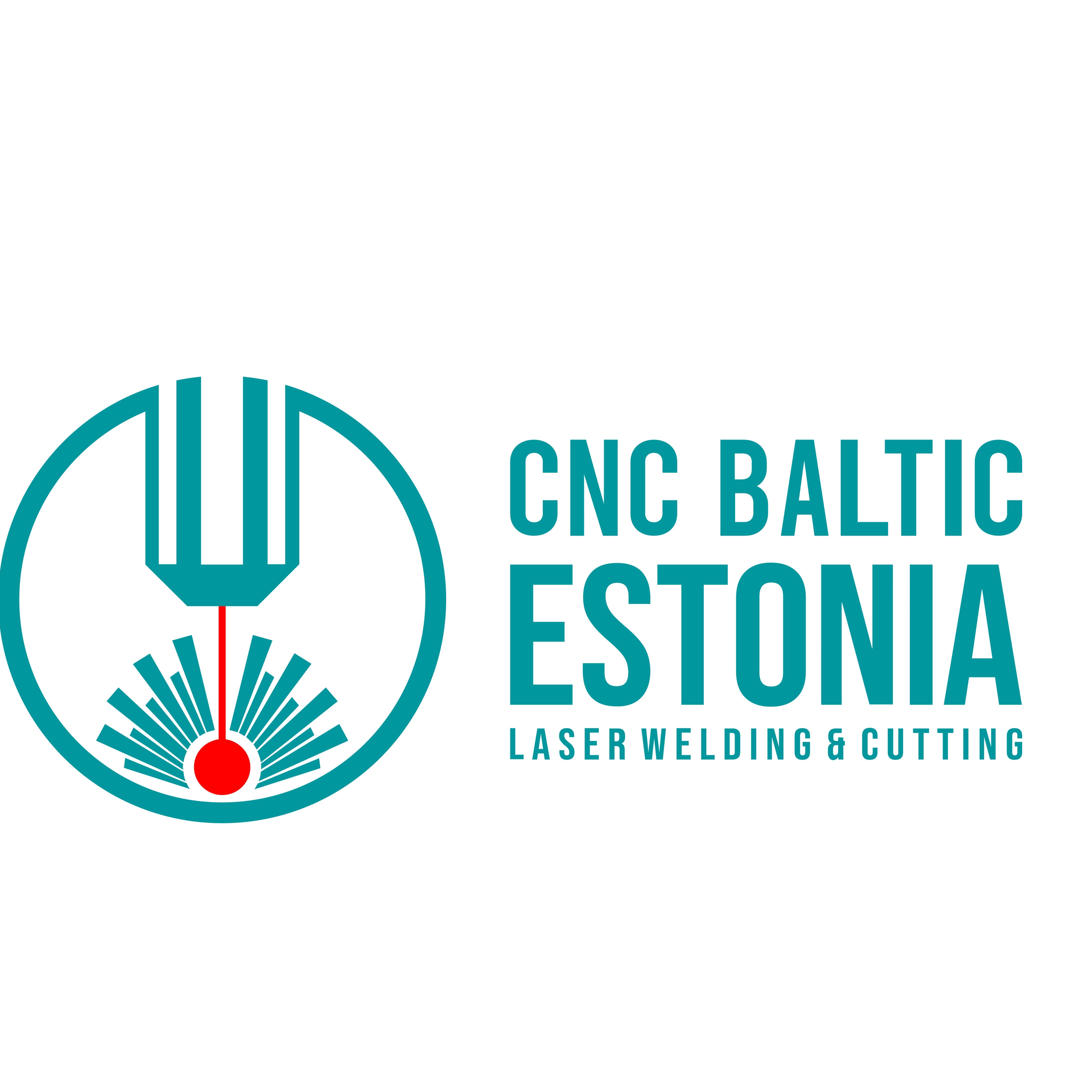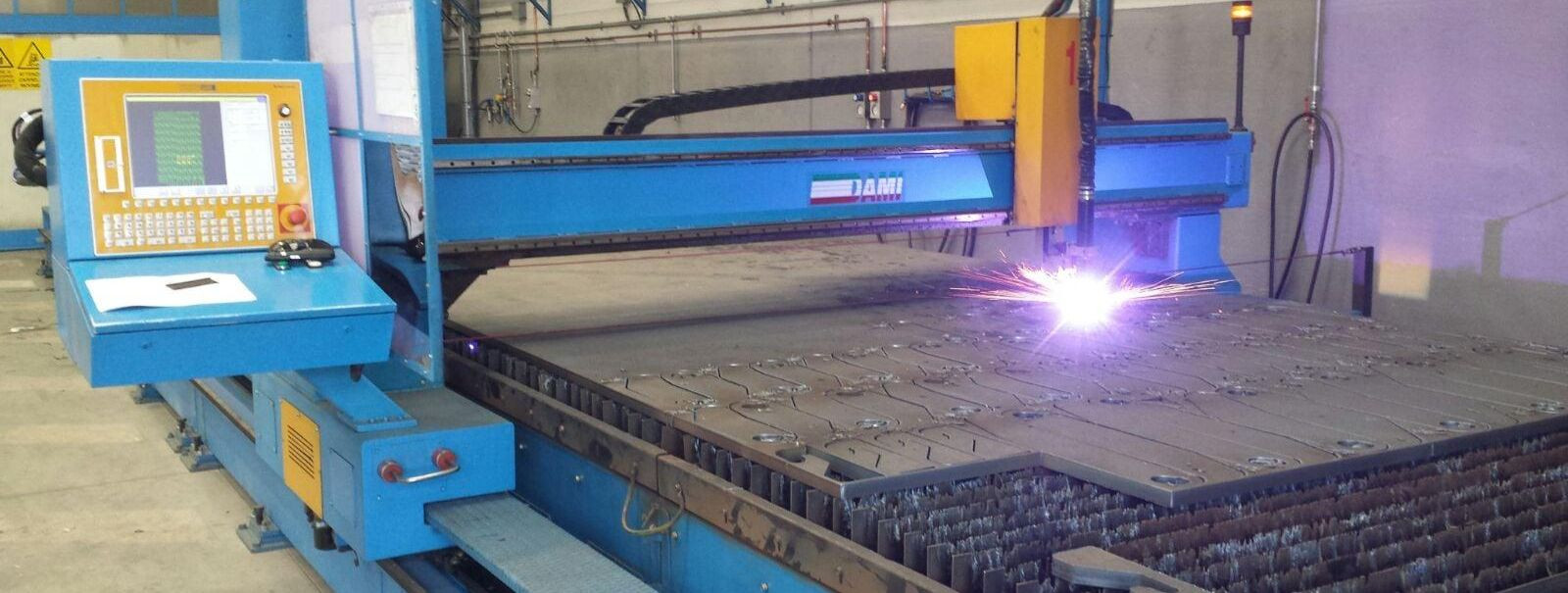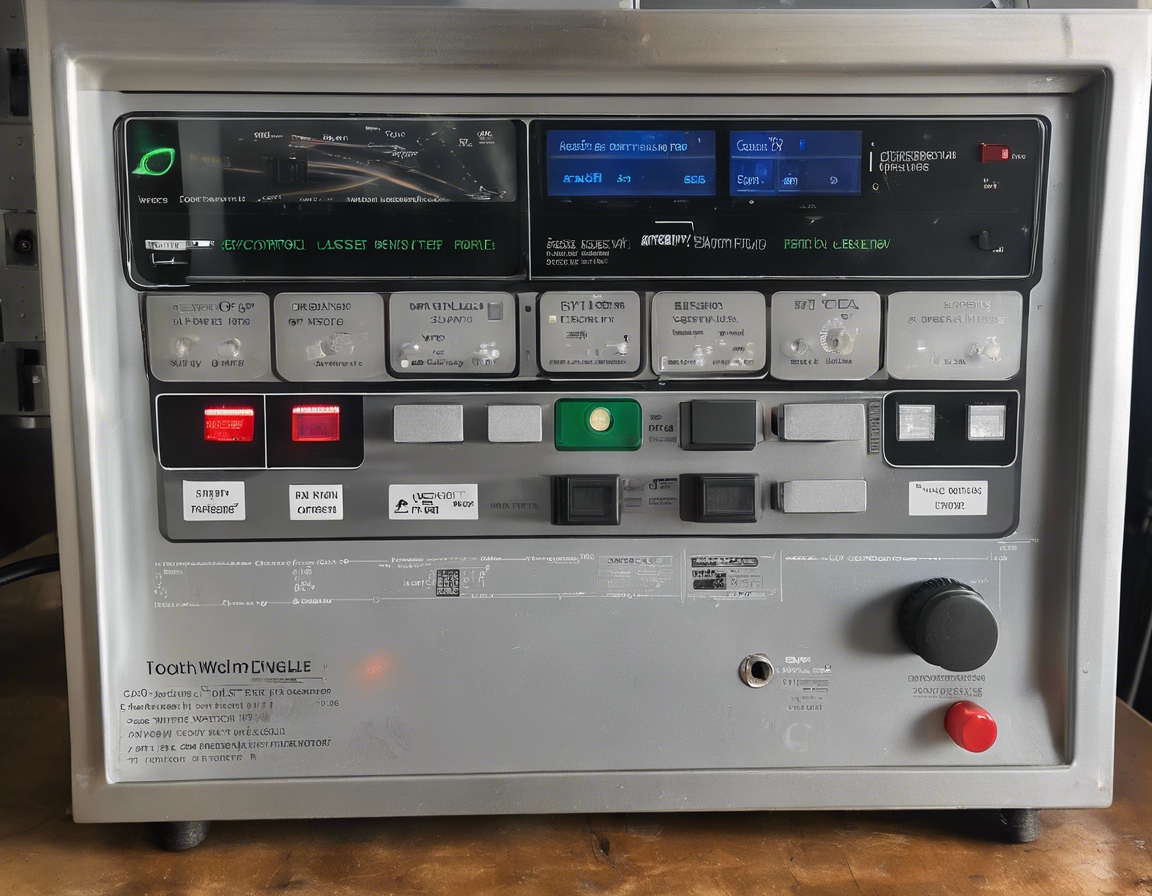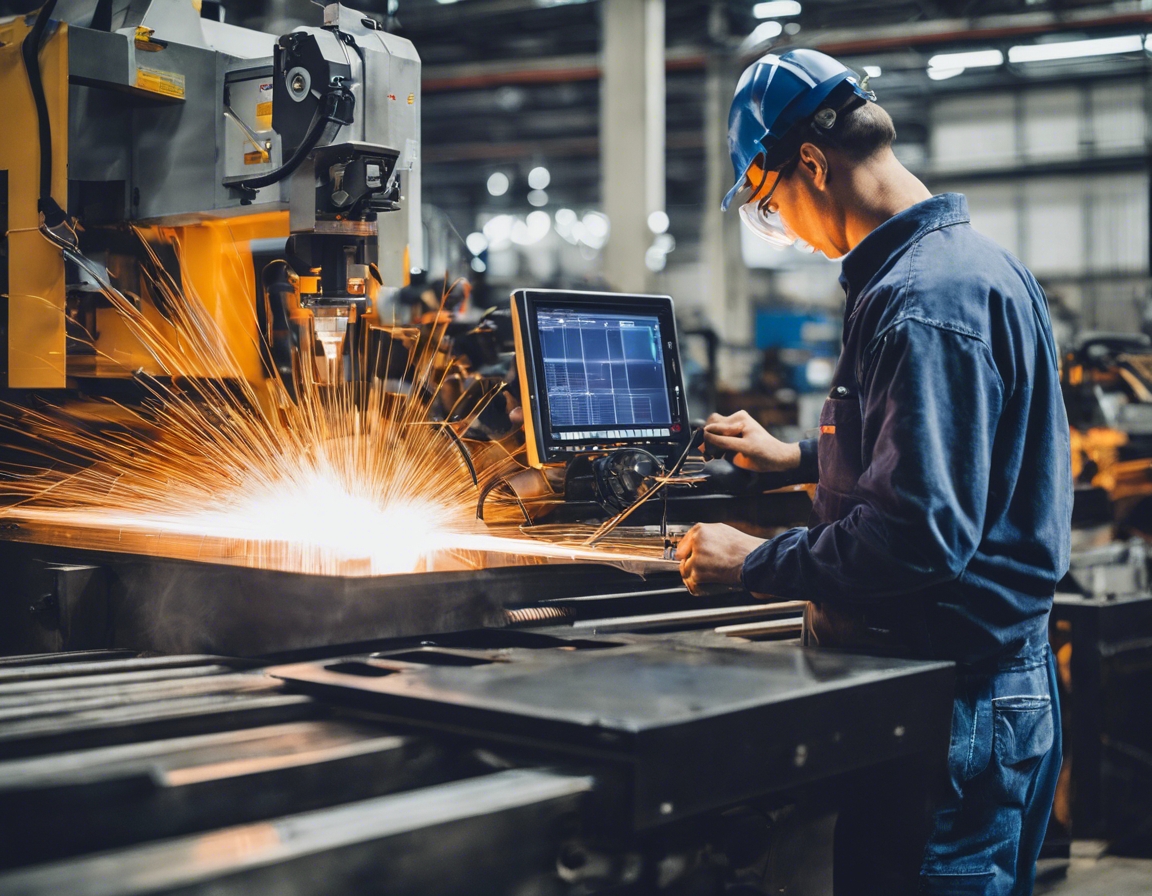Air vs water-cooled laser systems: which is right for you?
Laser technology has revolutionized the manufacturing industry, offering precision and efficiency in cutting, engraving, and marking. However, the performance and longevity of laser systems are heavily dependent on their ability to manage heat. Excessive heat can lead to reduced laser life, inaccurate cuts, and system failures. Therefore, a reliable cooling system is not just an add-on; it's a critical component of any laser setup.
There are two primary types of cooling systems for lasers: air-cooled and water-cooled. Each has its own set of benefits and drawbacks, which can significantly impact your operation's productivity and cost-effectiveness.
Understanding Air-Cooled Laser Systems
Air-cooled laser systems utilize ambient air to dissipate heat. They often include fans or blowers that circulate air around the laser source and related components, effectively managing the temperature without the need for an external cooling fluid.
Air-cooled systems are typically less complex and more affordable than their water-cooled counterparts. They are easier to install and maintain, making them an attractive option for businesses looking to minimize upfront costs and simplify operations.
However, air-cooled lasers may not be suitable for high-power applications or environments with high ambient temperatures. They can struggle to maintain the necessary cooling efficiency, leading to potential overheating issues.
Understanding Water-Cooled Laser Systems
Water-cooled laser systems use a closed-loop system to circulate water or a coolant mixture around the laser source. This method is highly effective at absorbing and transferring heat, allowing for stable operation even under high power or in demanding conditions.
These systems can handle more intense thermal loads, making them ideal for heavy-duty applications. They also tend to provide better precision due to their superior cooling capabilities, which can be crucial for high-quality production.
On the downside, water-cooled lasers are more complex, requiring additional components such as pumps, chillers, and radiators. This complexity translates to higher initial costs and more intensive maintenance requirements.
Comparing Air and Water-Cooled Systems
When it comes to performance, water-cooled systems generally offer more consistent results, especially in demanding applications. Air-cooled systems, while sufficient for lighter tasks, may falter under the strain of continuous or high-intensity use.
Cost is a significant factor in choosing a cooling system. Air-cooled lasers have lower upfront costs, but water-cooled systems may offer better long-term value due to their durability and performance.
Maintenance is another critical consideration. Water-cooled systems require regular checks and servicing to ensure the coolant is clean and the system is leak-free. Air-cooled systems, being less complex, typically require less maintenance.
Environmental impact should also be considered. Water-cooled systems can use a significant amount of water, which may be a concern in areas with water scarcity. Air-cooled systems have a smaller environmental footprint in this regard.
Ultimately, the decision between air and water-cooled laser systems comes down to your specific needs. Factors such as the intensity of laser use, ambient working conditions, budget constraints, and environmental considerations all play a role in determining the most suitable cooling solution for your operations.






Comments (0)